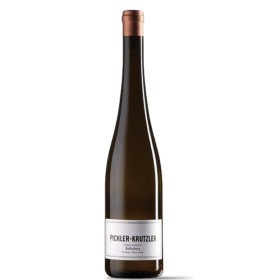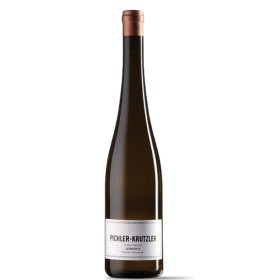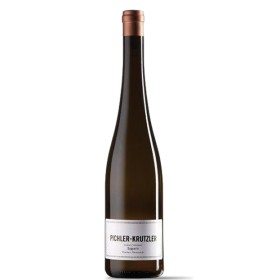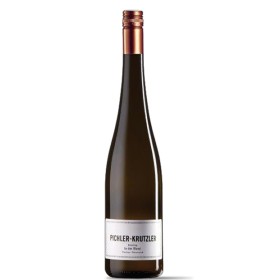- Magazine
- 1970 views

Elisabeth Pichler is originally from Wachau and Erich Krutzler from Burgenland. Together in 2006 they founded their winery in the region, renowned for viticulture already in roman times. Both their families are wine producers, but thepichler-krutzler project is bolder than in the past, and together they create unique wines with a noble soul, based on respect for nature, through sustainable viticulture. Each wine in fact reflects the territory from which it comes, is harvested, vinified, aged and bottled without any assembly. Since there is no addition of sugar, no concentration or clarification, all wines reflect their origins. The Wachau is a valley in Austria formed by the Danube River. It is one of the main tourist destinations in the Lower Austria region, located between the cities of Melk and Krems. The valley is about 30 kilometers long and has been inhabited since prehistoric times. A famous tourist site of his is the town of Dürnstein, where the English king Richard the Lionheart was taken prisoner by Duke Leopold V of Austria and where the Company of pichler-krutzler. La Wachau, a UNESCO World Heritage Site,combines a unique natural landscape with vineyards, orchards, fortresses with surprising cultural achievements. But above all the Wachau is a work of art of dry stone walls that wind for about 720 km. Without these walls viticulture would not exist on these steep slopes and that are so important in the philosophy of this company. The vineyards, mainly at Grüner Veltliner and Riesling, extend into the valleys and go up the riverbanks, on distinctive stone terraces, and can only be grown laboriously by hand. Four important climatic influences meet in the Wachau. Cold air flows from the wooded waldviertel region to the north, through the side valleys to the Danube. Hot air masses come from the Pannonian plain from the east, and continental influences gradually increase in the western part. The river itself complements the climatic influences by maintaining heat in winter and moderating summer temperatures by refreshing them. This allows a perfect aromatic maturation of the grapes, while the sand of the soil, loess and layers of surface rock give the wines uniqueness and identity.





